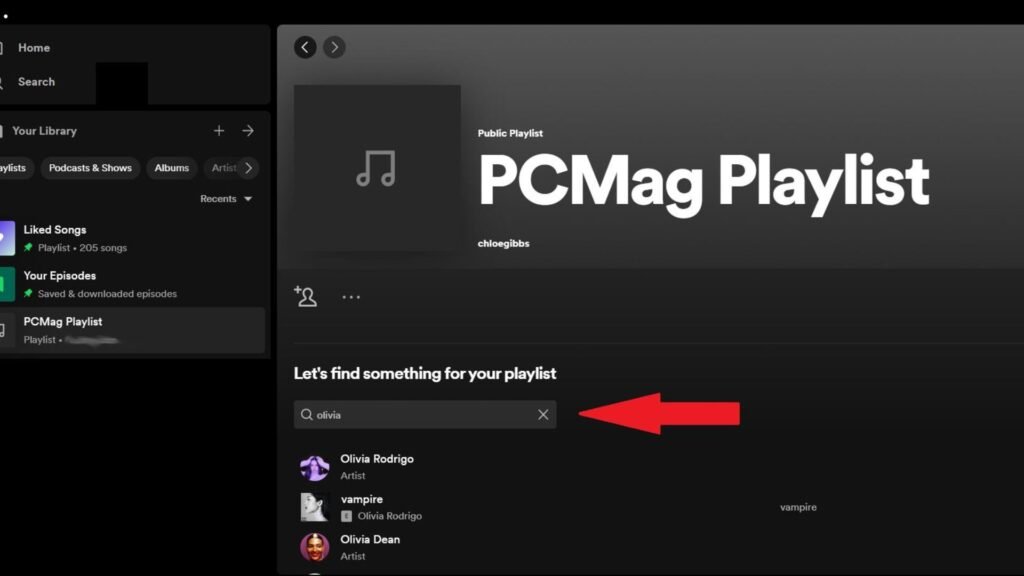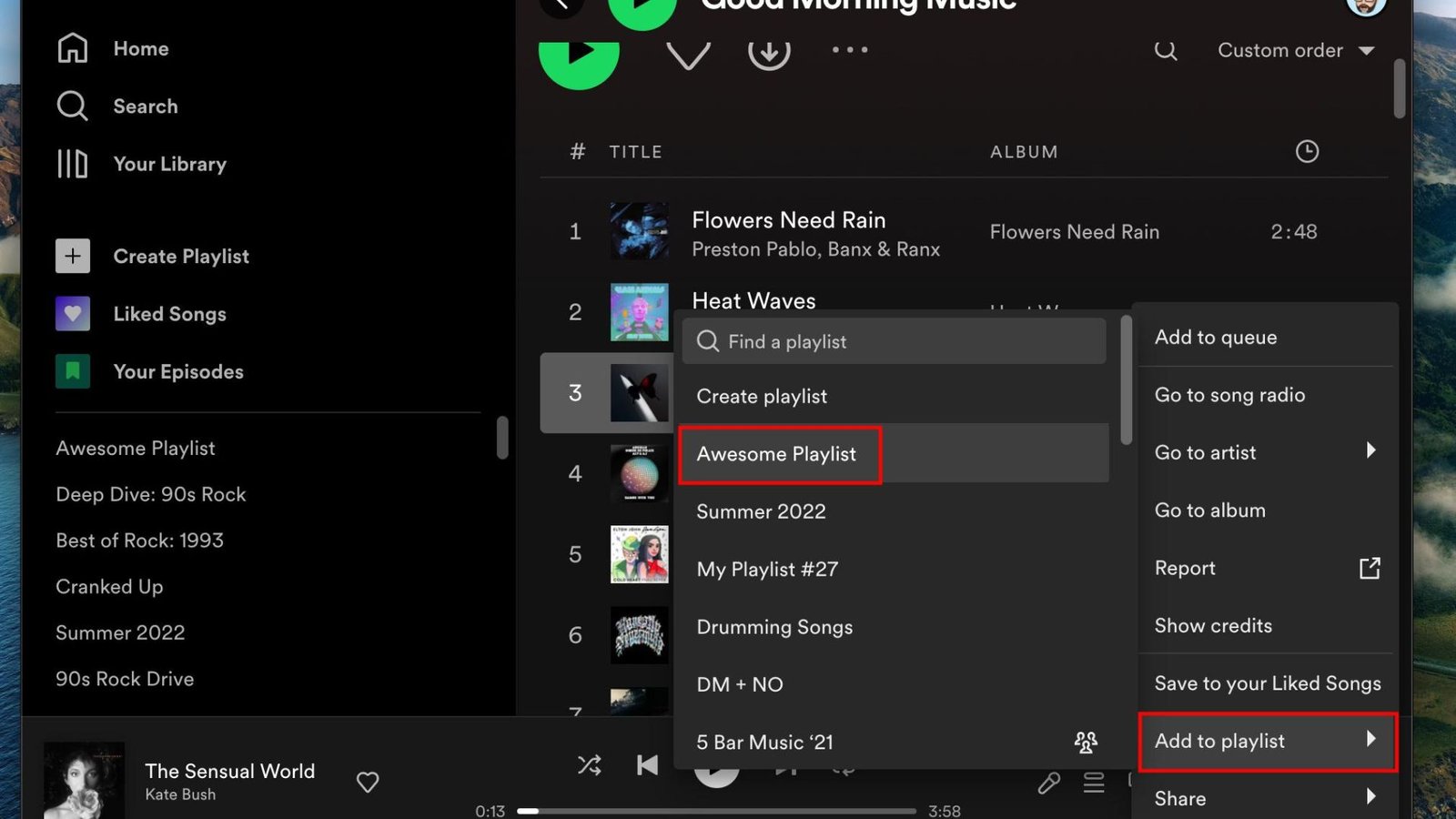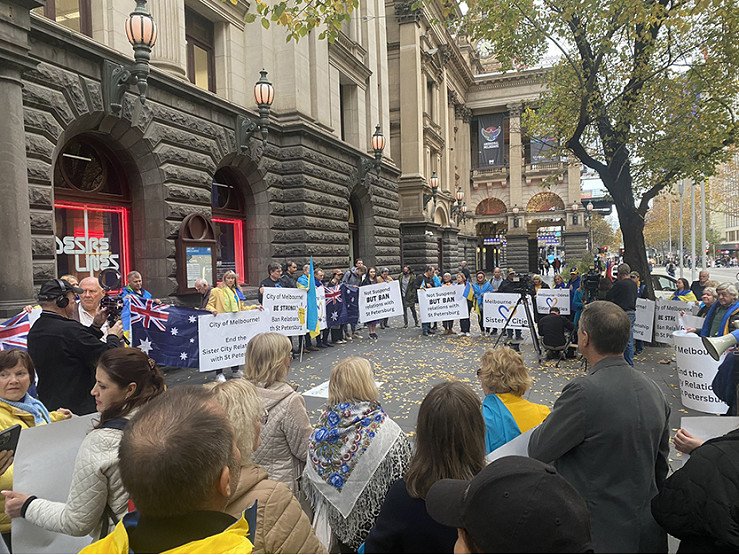Creating a unique music playlist is an art that involves curating songs that not only fit together seamlessly but also reflect your personal taste and mood. Whether you’re crafting a playlist for a party, a road trip, or just for your own enjoyment, knowing how to create a unique music playlist can elevate the experience and make it memorable. In this article, we’ll explore the steps to craft a playlist that stands out and resonates with its intended audience.

Define the Playlist’s Purpose
The first step to creating a unique music playlist is to define its purpose. Determine the occasion or mood you want to convey with your playlist. Are you designing a playlist for a lively party, a relaxing evening, or an intense workout? Understanding the playlist’s purpose will guide your song selection and help ensure that the final result is cohesive and engaging.
For example, if you’re aiming for a high-energy workout playlist, you’ll want to include upbeat tracks with motivating rhythms. Conversely, a playlist for relaxation might feature soothing melodies and slower tempos. Defining the purpose will set the tone for your selections and make the playlist more effective.
Curate Diverse but Complementary Songs
To create a unique music playlist, it’s essential to curate songs that are both diverse and complementary. Start by selecting tracks from different genres or artists to add variety and interest. However, ensure that the songs share a common thread, whether it’s a specific tempo, mood, or theme.
For instance, if your playlist is for a summer road trip, you might include a mix of pop, indie, and classic rock songs that all evoke a sense of adventure and freedom. By blending different styles while maintaining a cohesive theme, you’ll create a playlist that feels both fresh and unified.
Arrange Songs Thoughtfully
The arrangement of songs plays a crucial role in creating a unique music playlist. Transitioning between tracks smoothly can enhance the overall listening experience. Consider the flow of energy and tempo as you sequence the songs.
For example, start with a strong opening track to grab attention, then transition into more varied songs to maintain interest. Gradually build up to a peak or highlight, and conclude with a memorable closing track. Thoughtful arrangement can make your playlist more dynamic and engaging, keeping listeners hooked from start to finish.
Add Personal Touches
Incorporating personal touches is one of the best ways to create a unique music playlist. Add songs that hold special meaning to you or reflect your personal experiences and tastes. This can make the playlist more authentic and relatable.
Additionally, consider including a few lesser-known tracks or hidden gems that might surprise listeners. Personal anecdotes or memories associated with certain songs can also add a layer of depth to the playlist. By infusing your own personality and preferences, you’ll create a playlist that stands out and feels uniquely yours.
Test and Refine Your Playlist
Once you’ve compiled and arranged your songs, it’s important to test and refine your playlist. Listen to it in its entirety to ensure that the transitions work well and the overall flow is smooth. Pay attention to any sections that might feel out of place or disjointed.
You might find that certain songs don’t fit as well as you anticipated or that the playlist could benefit from additional tracks. Don’t hesitate to make adjustments and refine the playlist until it meets your expectations. Testing and refining will help ensure that the final product is polished and effective.
Seek Feedback
Another valuable step in creating a unique music playlist is to seek feedback from others. Share your playlist with friends or family and ask for their thoughts. They might offer insights or suggestions that you hadn’t considered, which can help you further enhance the playlist.
Additionally, listening to the playlist in different settings, such as at a gathering or while traveling, can provide practical feedback on its effectiveness. Incorporating feedback can help you fine-tune the playlist and ensure that it resonates with its intended audience.
Conclusion
In summary, creating a unique music playlist involves defining its purpose, curating a mix of diverse yet complementary songs, and arranging them thoughtfully. Adding personal touches and refining the playlist through testing and feedback can further enhance its quality. By following these steps, you can craft a playlist that not only stands out but also delivers a memorable and engaging listening experience.




